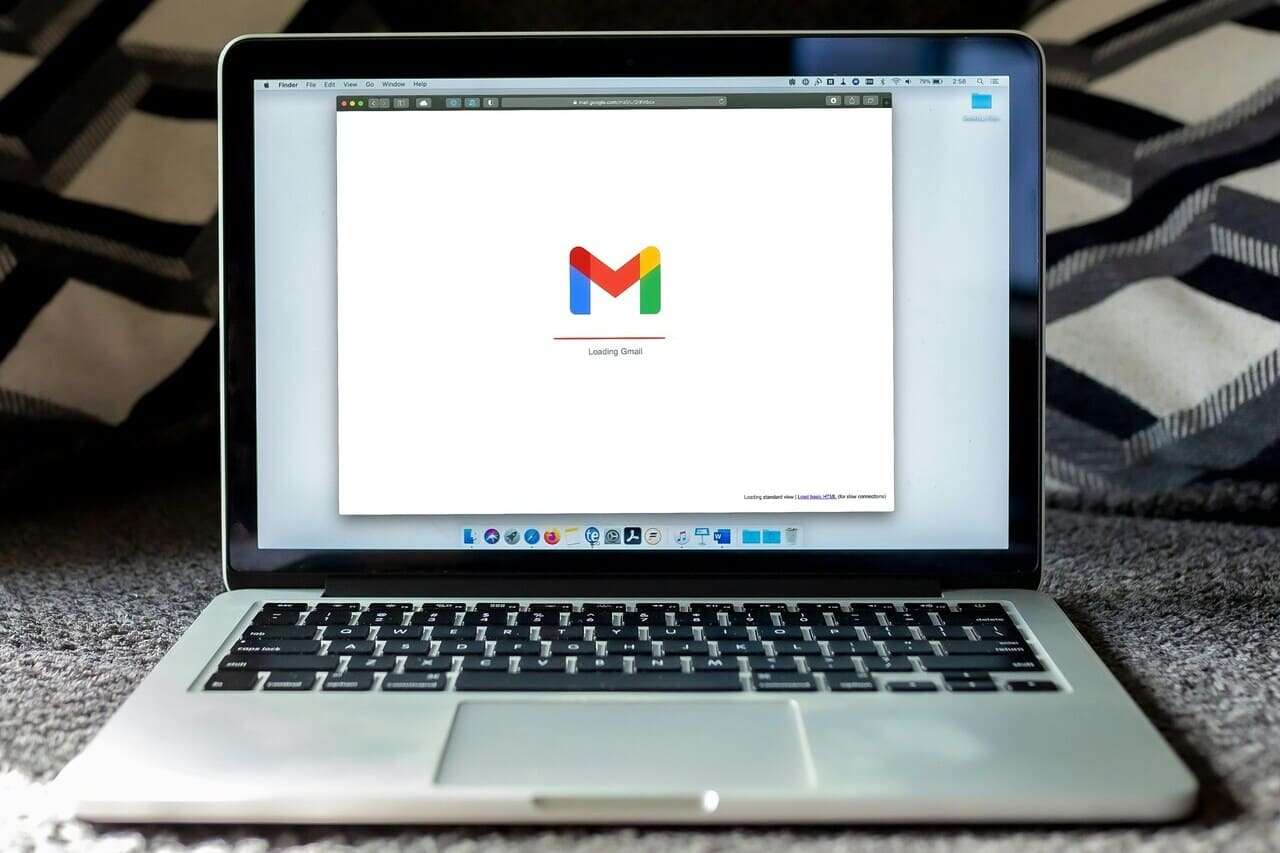Browser compatibility
Browser compatibility (sometimes known as cross-browser compatibility) is the process of checking your website on multiple browsers. Testing your compatibility with different browsers ensures your web design, features, content, and scripts all function and display properly on all browsers.
Why is browser compatibility important?
- People use different browsers
- Provide a positive user experience
- Avoid losing potential customers
- Not all browsers support all features
Cross-compatible web design
There are several ways you can keep your website cross-compatible. Firstly, you should keep your code as simple as possible. Limiting the code reduces the chances of possible errors when a browser renders your page.
Secondly, define your doctype. Your first line of code should always define the doctype property. This helps browsers to understanding what coding language your pages are in. Without a doctype property, browsers will use quirk mode to load pages.
Validating your code can also ensure a cross-compatible web design. Using the W3C validator tool, you can check your HTML and CSS are compliant with web standards. It also helps to keep your code clean.
Implementing a CSS reset also keeps your web design browser compatible. A CSS reset will eliminate any differences in your website’s styling sheets between web browsers. Keep your CSS reset document separate and above your main CSS documents.
The last way you can keep your website browser compatible is by ensuring your website is responsive. A responsive web design uses a single website instead of several variations to accommodate different screen sizes and devices.
Instead, a responsive web design adapts to the environment in which the web page is being rendered. This helps to keep your web design consistent and looking good on different-sized screens. It also helps with the functionality across browsers too.
Checking browser compatibility
The best (and most efficient way) of checking browser compatibility is by testing. While Google Chrome may be the dominant browser with a 65% share, many people use other browsers. When testing, you should seek to cover a wide spectrum of browsers for compatibility.
Manual testing can be tiresome and time-consuming. Using a tool can help take the manual work out of testing your web design’s browser compatibility. There are many tools available (some paid for and some free), each offering different perks for testing your web design.
Check out this overview of different cross-compatible testing tools.
Web design has come a long from the old days when browsers used to implement different features. While we now have standards for ensuring cross-compatibility, the need for testing is still as important as ever!


